The Reason Why Tom Cruise Doesn’t Communicate With His Daughter Suri


Diabetes is a chronic illness that tends to develop over time, often without noticeable symptoms in its initial stages. Many individuals may experience early warning signs but overlook them, thinking they are insignificant. However, identifying these subtle signs early on is vital for prompt diagnosis and effective management. In this article, we’ll highlight 9 key diabetes symptoms, helping you recognize them so you can seek medical advice for proper evaluation and guidance.
CONTENT IS PROVIDED FOR INFORMATIONAL PURPOSES ONLY AND IS NOT INTENDED AS A SUBSTITUTE OF MEDICAL ADVICE.
SEEK GUIDANCE OF YOUR DOCTOR REGARDING YOUR HEALTH AND MEDICAL CONDITIONS.
Persistent fatigue is one of the common diabetes symptoms, often caused by unstable blood sugar levels. When the body struggles to use insulin properly, it affects the ability to convert glucose into energy, leading to constant tiredness—even after getting enough rest.
In addition to physical exhaustion, individuals may also experience mental fatigue, making it difficult to concentrate and carry out daily activities. If you frequently feel drained without a clear reason, it could be a sign of diabetes and should be evaluated by a healthcare professional.
Another pretty common diabetes symptom is sudden, unexplained weight loss, even if appetite increases. This occurs because the body is unable to properly absorb glucose from food for energy. Instead, it starts breaking down fat and muscle to compensate for the lack of fuel, leading to unintended weight loss. If you experience persistent hunger along with noticeable weight loss, it may be a sign of diabetes and should be evaluated by a healthcare professional.
Persistent high blood sugar levels can impact vision by altering the shape of the eye’s lens, leading to temporary blurriness or distortion. These fluctuations in blood sugar cause the lens to swell, making it harder to focus properly.
Blurred vision is one of the early diabetes symptoms that may indicate the body is struggling to regulate blood sugar effectively. If left unchecked, this issue could progress to type 2 diabetes and increase the risk of long-term vision complications.
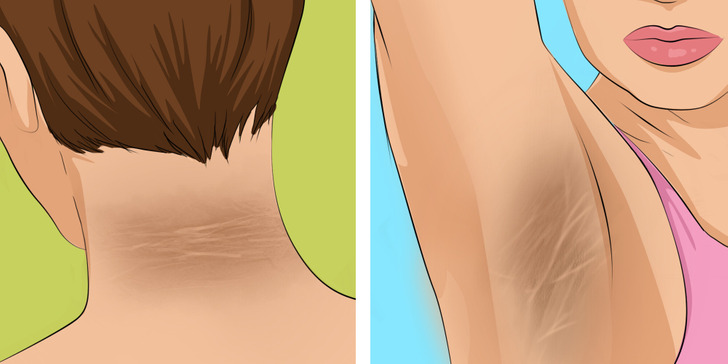
A dark, velvety area of skin that appears on the neck, armpits, groin, or other parts of the body could be an early indicator of prediabetes. This skin condition, called acanthosis nigricans, is often linked to insulin resistance and may signal an increased risk of developing diabetes.
While it can occasionally occur in people without any underlying health conditions, it is commonly associated with elevated blood sugar levels. If you notice these changes in your skin, it’s important to seek advice from a dermatologist.
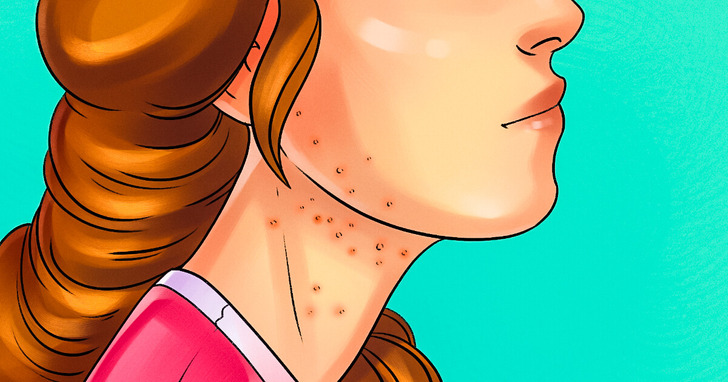
Diabetes can contribute to elevated triglyceride levels, a type of fat in the blood, which may trigger a skin condition called eruptive xanthomatosis. This condition often appears as small, sudden bumps on the skin, particularly in cases of undiagnosed diabetes.
These bumps typically have a yellowish tone on lighter skin and may appear grayish with a yellow undertone on darker skin. They commonly develop on the buttocks, thighs, elbows, and knees, but can appear anywhere on the body. In most cases, they are tender and itchy.

One of the early warning signs of high blood sugar is an unquenchable thirst paired with frequent trips to the bathroom. When glucose levels become too high, the kidneys work overtime to filter out the excess sugar. If they can’t keep up, the surplus is flushed out through urine, pulling fluids from the body’s tissues and leading to dehydration.
As a result, increased fluid intake to relieve thirst only leads to even more urination, creating a cycle that may go unnoticed at first. However, as blood sugar imbalances persist, these symptoms often become more pronounced. Identifying them early can be crucial in managing glucose levels and preventing the progression to type 2 diabetes.
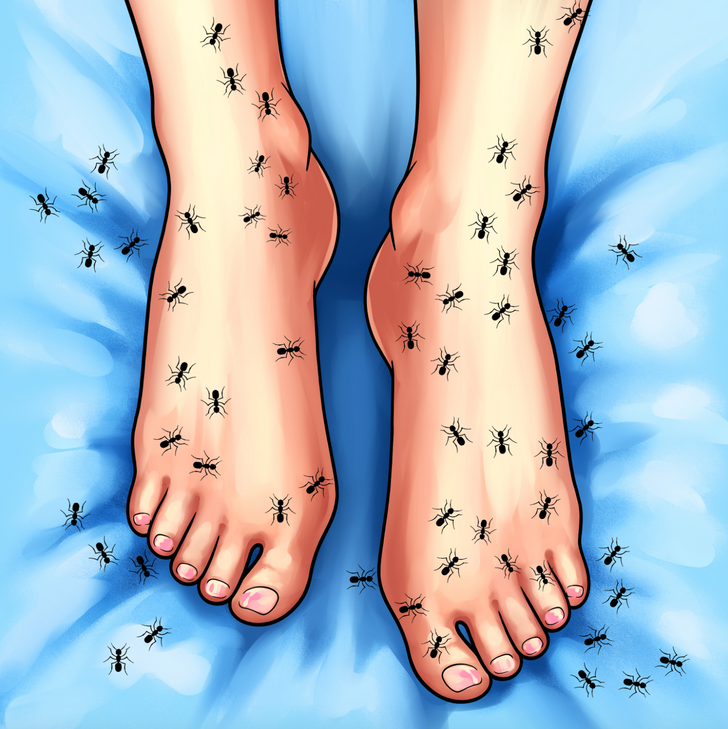
Although less common, persistent itching along with tingling or numbness in the hands, feet, or other extremities may signal prediabetes. Elevated blood sugar levels can damage small nerves, leading to a condition known as diabetic neuropathy. In addition to numbness, individuals may experience a burning sensation or the feeling that their socks are bunched up under their toes.
While this symptom is not as frequently reported as others, it can still indicate underlying blood sugar imbalances. Identifying it early and seeking medical advice can help manage discomfort and reduce the risk of long-term nerve damage.
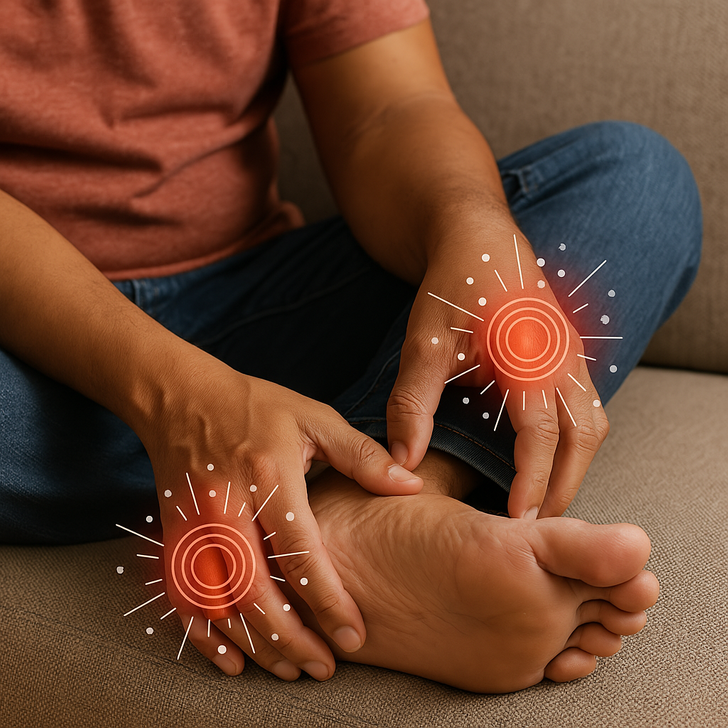
One more less common symptom of type 2 diabetes is tingling or numbness in the hands and feet, often described as a “pins and needles” sensation. This occurs when high blood sugar levels begin to damage the nerves, a condition known as diabetic neuropathy. While not everyone with type 2 diabetes will experience this, it can develop over time if blood sugar levels are not well managed. This symptom may start subtly but can progress, leading to discomfort and even loss of sensation if left untreated.
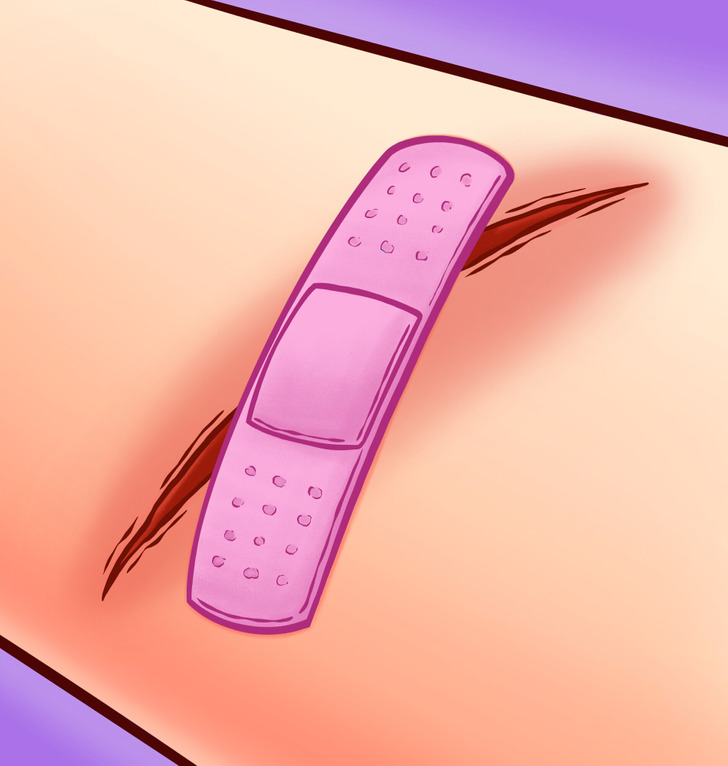
Consistently high blood sugar levels can interfere with the body’s ability to repair itself by damaging blood vessels responsible for delivering oxygen and essential nutrients. This disruption leads to poor circulation, which slows down the healing of cuts, bruises, and other injuries.
Moreover, elevated blood sugar can weaken the immune system, making it more difficult to fight off infections. As a result, even minor wounds may take significantly longer to heal and are at a greater risk of becoming infected. Noticing delayed recovery from injuries could be an important sign of an underlying blood sugar imbalance that refers to type 2 diabetes and requires medical attention.
In conclusion, to determine if you’re at risk for prediabetes, a simple blood test can provide the answers. Several types of tests, similar to those used to diagnose type 2 diabetes, are available to assess your health. It’s important to consult with your healthcare provider to see if testing is right for you. Remember, while the information in this article is helpful, it’s essential to seek professional medical advice for a proper diagnosis. For more health insights, be sure to explore our other related articles on wellness and signs your body might be trying to warn you about.











